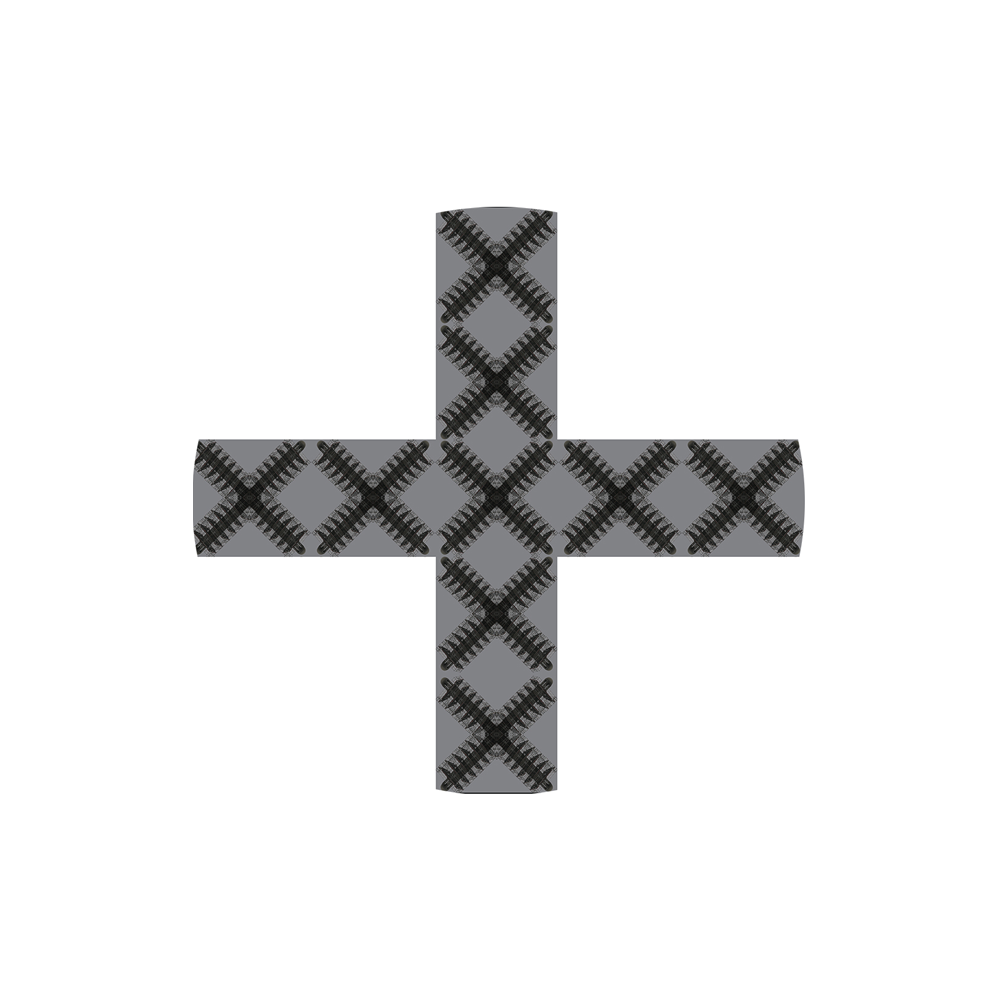«Up Next»
«Up Next»: The Digital Dilemma
«Up Next» spirals out from the personal and historical into the digital realm. Here, the diptych form takes on a new meaning, contrasting the addictive allure of technology (embodied in blister packs and pills) with the stark reality of algorithmic manipulation. It’s a commentary on how our perceptions are shaped, not just by what we see but also by what we are shown. In a world where ‘next up’ is often a sensational or extreme viewpoint, how free are our choices?

«Up Next» consists of 2 works made of blister packs and pills. The title «Up Next» is designed as a text in both works. The composition forms a text and provides an association with a raster structure or pixels.

Some vloggers use the Red Pill analogy from the Matrix films to point out that their message reveals the truths that official media want to cover up. Here, manipulative and populist communication strategies are used hand in hand with Youtube’s commercial «Up Next» technology «. «Up Next» is a direct reference to a seductive technology or algorithm from Youtube. «Up next» videos appear next to or under the videos YouTubers watch. The technology exposes users to growing sensational and sometimes more extreme content within their areas of interest. This, in turn, may lead to groups watching different channels on YouTube gaining more extreme opinions over time, which in turn can lead to a polarization of opinion expressions. Viewers can get hooked and spend more and more time on the YouTube channel and thus are exposed to more advertising which in turn increases YouTube’s revenue. With this work, the intention is to aestheticize, materialize, and problematize this phenomenon.


What is Up Next?
Because our future entails many uncertainties, it is easy to escape into the digital world to look for answers and content that addresses our feelings, fears, and uncertainty. We also can experience having more control. My work is inspired by pop art and the conceptual art tradition and artists such as John Giorno, Barbara Kruger, Jenny Holzer, Lars Ramberg, Kjartan Slettemark, and General Ideas. Up Next was inspired by a podcast of @DimitriTokmetzis / @HassanBahara/ @AnniekeKranenberg – you can find their content on ‘de Correspondent’


Comments are closed.